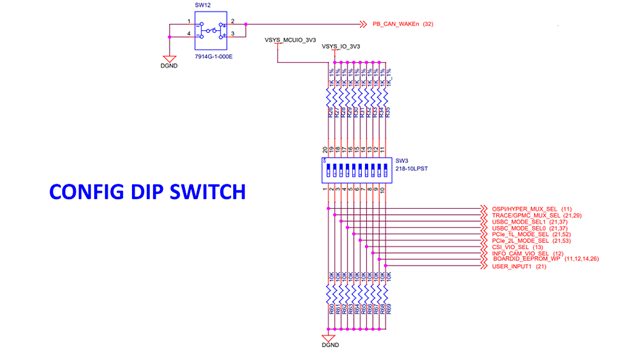Other Parts Discussed in Thread: TMDS64EVM
Tool/software:
I'm just wondering how to connect thought PCIe 2xTMDS64EVM together, 1 acting as Root Complex, and 1 acting as EndPoint.
1) Do you have a recommended cable ?
2) How to manage VMAIN & VCC_3V3_SYS collision?
3) How to manage RX/TX swapping?
Thanks for your help



